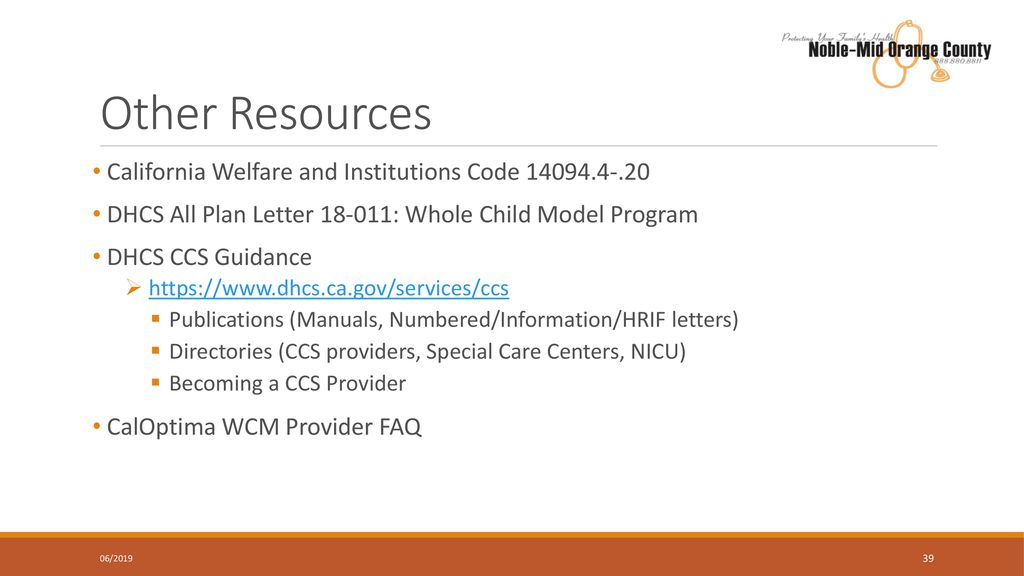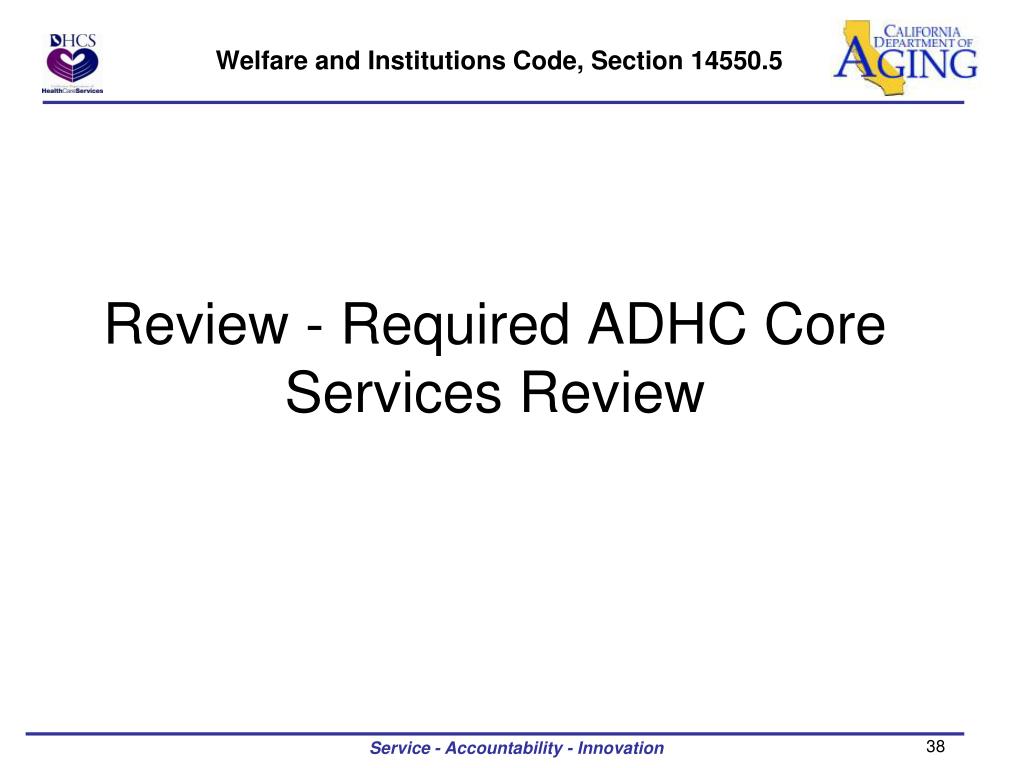California Welfare And Institutions Code 300

California’s Welfare and Institutions Code 300 is failing to protect children, leading to devastating outcomes including abuse, neglect, and even death. A surge in cases highlights systemic flaws demanding immediate reform.
This legal code, designed to safeguard children at risk, is buckling under the weight of rising cases and inadequate resources, prompting calls for urgent action from child welfare advocates and legal experts alike.
What is Welfare and Institutions Code 300?
California Welfare and Institutions Code Section 300 outlines the circumstances under which a child can be declared a dependent of the juvenile court.
This occurs when the child is suffering, or is at substantial risk of suffering, serious physical harm, sexual abuse, neglect, or emotional damage.
The code empowers authorities to intervene in family life to protect children, ultimately aiming to ensure their safety and well-being.
The Crisis Unfolding
Recent data reveals a disturbing trend: a significant increase in child welfare cases meeting the criteria defined by Section 300.
According to the California Department of Social Services, reports of child abuse and neglect have risen by 15% in the last year alone, overwhelming the system.
This surge places immense strain on social workers, courts, and foster care facilities, hindering their ability to effectively respond to each case.
Where is the System Failing?
The issues plaguing the system are multifaceted. Understaffing is rampant, with social workers carrying caseloads far exceeding recommended limits.
This makes thorough investigations and ongoing monitoring difficult, increasing the risk of children slipping through the cracks.
Furthermore, a lack of adequate resources for families in crisis, such as mental health services and substance abuse treatment, contributes to the problem.
Consequences of Systemic Failures
The consequences of these failures are dire. A recent report by the California State Auditor highlighted several cases where children known to the system were tragically harmed or killed due to inadequate intervention.
In one particularly egregious case in Los Angeles County, a four-year-old boy died from severe abuse after multiple reports to child protective services were dismissed due to bureaucratic errors and communication breakdowns.
These are not isolated incidents, but rather symptoms of a deeply troubled system.
Who is Affected?
The children are the primary victims. They face prolonged exposure to dangerous environments, trauma, and instability.
Families struggling with poverty, substance abuse, and mental health issues are disproportionately affected, creating a cycle of vulnerability.
The burden also falls on dedicated social workers who are overworked and under-resourced, leading to burnout and high turnover rates.
How Can the System be Fixed?
Experts advocate for a multi-pronged approach to address the crisis. Increased funding is crucial to hire more social workers and provide comprehensive training.
Improving data sharing and communication between agencies is essential to ensure that vital information is readily available.
Investing in preventative services, such as early childhood education and family support programs, can help address the root causes of child abuse and neglect.
Assembly Bill 775, sponsored by Assemblymember Luz Rivas, seeks to increase funding for child welfare services and mandate regular training for social workers on trauma-informed care.
The bill is currently under consideration in the Senate.
Urgent Call to Action
The time for incremental change is over. The crisis surrounding California Welfare and Institutions Code 300 demands immediate and decisive action.
Failure to address these systemic flaws will continue to put vulnerable children at risk.
Advocates are urging lawmakers to prioritize child welfare reform and allocate the necessary resources to ensure the safety and well-being of all California children.
Public pressure is mounting, with grassroots organizations planning protests and lobbying efforts to demand change.
The future of countless children hangs in the balance.


















